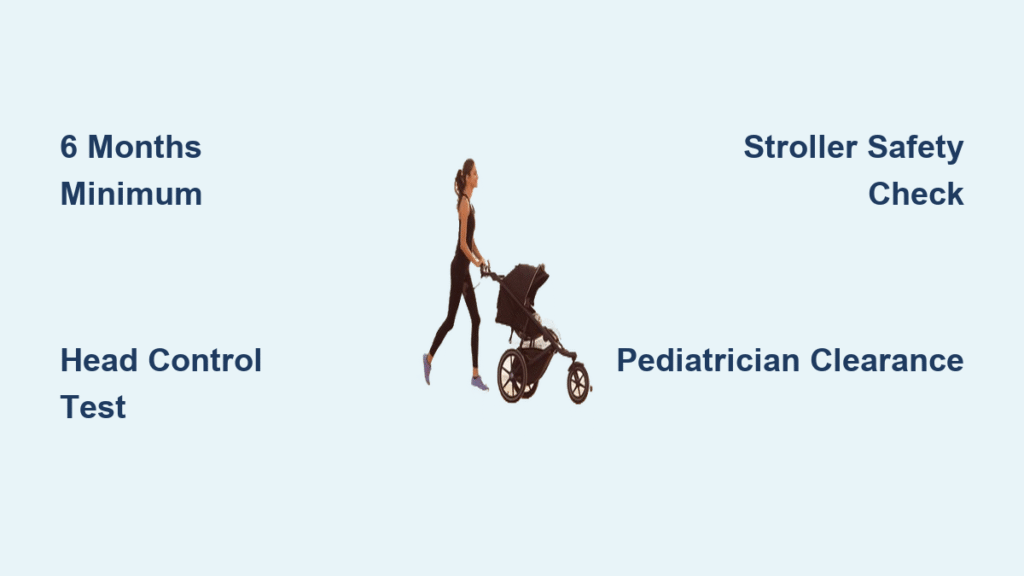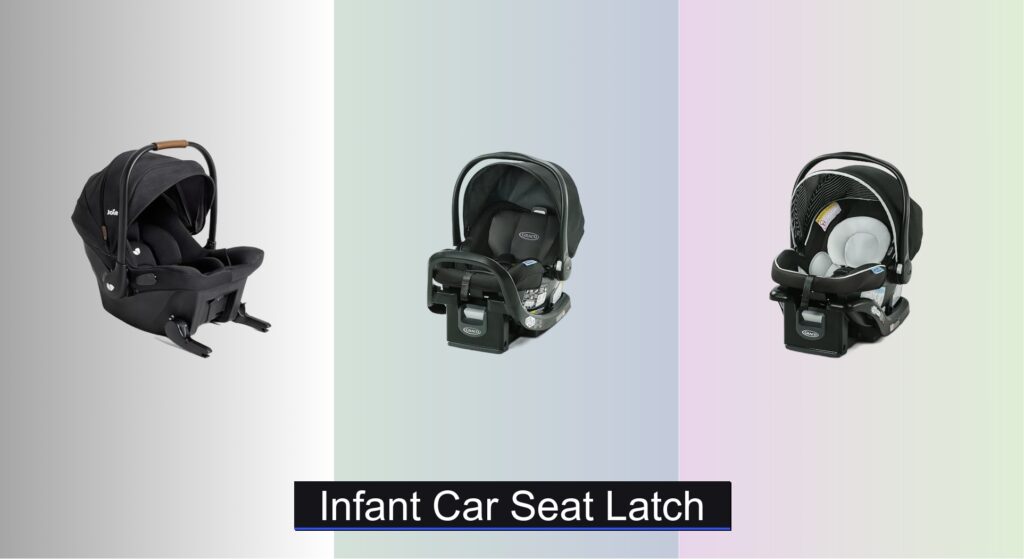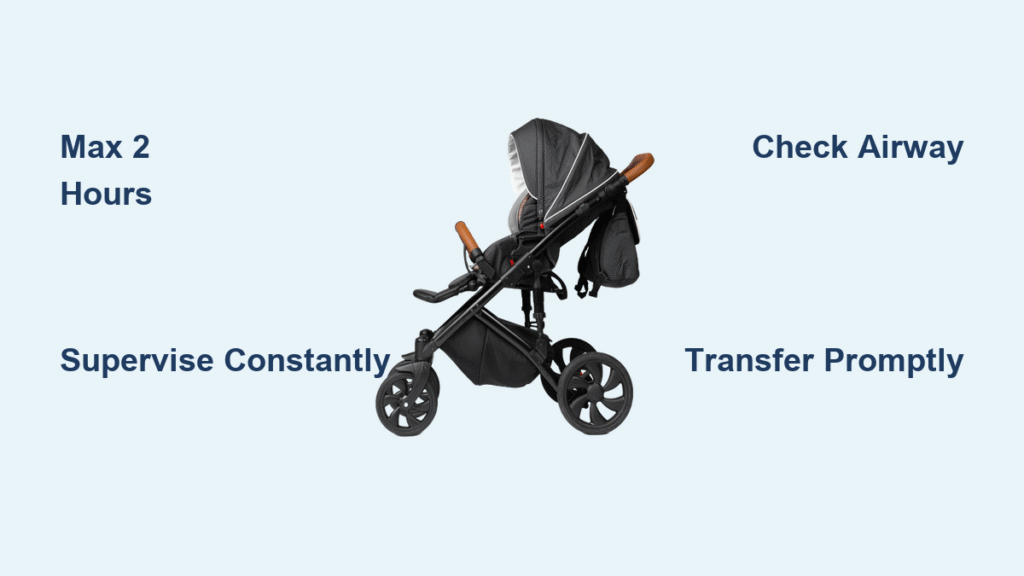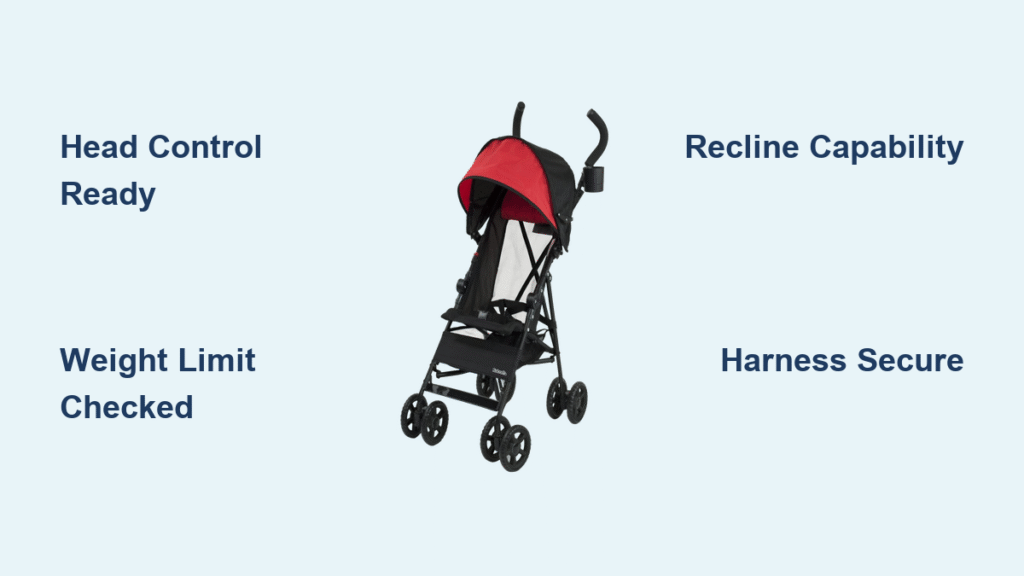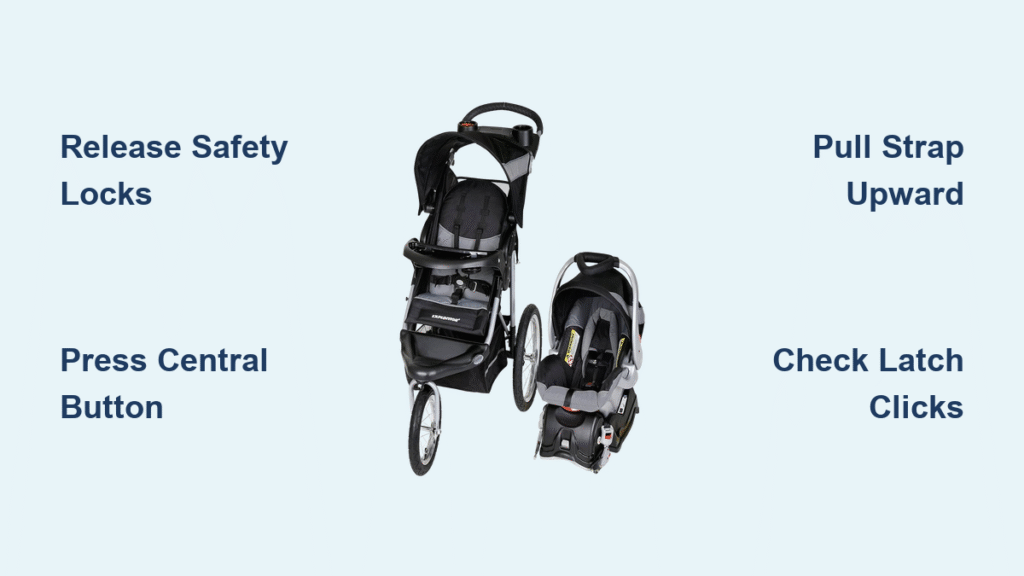Your running shoes are laced, the jogging stroller gleams in the garage, and your pediatrician just cleared you for exercise. But that critical question stops every new parent cold: When can your baby safely hit the pavement with you? Rushing this transition risks serious injury, while waiting too long frustrates your fitness goals. The truth isn’t about calendar dates—it’s about developmental milestones, medical clearances, and stroller safety checks. Most babies transition between 6-8 months, but skipping readiness steps turns a joyful run into a dangerous gamble. This guide reveals exactly what to verify before your first jog, including non-negotiable safety standards and a step-by-step progression plan.
AAP and Manufacturer Age Limits You Must Follow
The American Academy of Pediatrics draws a firm boundary: never jog with babies under six months. This isn’t arbitrary caution—it’s rooted in infant spinal vulnerability and brain injury risks from repetitive jarring motions. But age alone misleads parents. Here’s what top authorities mandate:
- AAP: Absolute minimum 6 months before any running
- BOB Gear: Requires 8 months for all jogging or off-road use
- Thule: Sets minimum at 6 months only with pediatrician approval
- Real-world data: 40% of babies need 8+ months despite hitting the 6-month mark
Manufacturers aren’t being overly cautious. Testing shows air-filled tires (minimum 12″ rear) and suspension systems become critical at 6+ months when babies gain enough weight to strain inadequate strollers. If your stroller lacks these features, upgrade before considering runs—no exceptions.
Why 6 Months Isn’t Automatically Safe
A baby hitting 6 months on the calendar might still lack the neck strength to withstand running vibrations. Observe these red flags:
– Head wobbles when lifted from tummy time
– Collapses sideways when sitting unsupported
– Chin tucks into chest during stroller bumps
Your friend’s baby might cruise at 6 months while yours needs 9—both are normal. Never compare timelines. If your 6-month-old fails the head control test below, delay jogging until they pass.
Critical Head Control Test Every Parent Must Perform
Before lacing up your running shoes, verify your baby’s neck strength with this field test. Do not skip this step—even with pediatrician approval.
How to Check Head Stability in 30 Seconds
- Sit baby upright on your lap facing forward
- Gently tilt them 20 degrees left, then right
- Pass: Head stays aligned with body without bobbing
- Fail: Chin drops or head flops sideways
Another test: Pull baby from lying to sitting position. If their head lags significantly behind their torso, their spine isn’t ready for running impacts. Most babies pass between 6-8 months, but 25% need until 9+ months. When in doubt, wait. Spinal injuries from premature jogging can cause lifelong issues.
Pediatrician Questions That Prevent Disasters
Don’t just ask “Is my baby ready?” Demand specific clearance with these questions:
– “Does [baby’s name] have sufficient trunk control for repetitive motion?”
– “Are there any airway or reflux concerns exacerbated by vibration?”
– “Should we avoid hills or specific terrain given their muscle tone?”
Pro tip: Bring your stroller to the appointment. Pediatricians spot hazards like harness gaps or inadequate head support most parents miss. One clinician noted: “I’ve stopped runs because parents didn’t realize the chest strap was too loose—two fingers should fit max.”
Postpartum Parent Readiness: Your Body’s Non-Negotiable Checks
Your baby’s readiness means nothing if you’re not medically cleared to run. Ignoring this risks pelvic organ prolapse or chronic incontinence.
When Doctors Actually Clear You for Running
- Minimum wait: 6-8 weeks postpartum for any exercise
- Real-world average: 12 weeks (per BMJ 2021 data)
- Absolute requirement: Pelvic floor evaluation by a women’s health PT
A British Journal of Sports Medicine study found 35% of women who resumed running before 12 weeks developed pelvic dysfunction. Never skip this assessment—even if you feel “fine.”
Self-Test Your Running Readiness Now
Before pushing a stroller, verify you can:
– Walk 30 minutes without pelvic pressure or urine leakage
– Perform 10 squats without coning (abdominal doming)
– Stop abruptly on a slope without losing balance
– Push an empty stroller 500 feet with upright posture
If you fail any test, return to walking-only stroller use until cleared. Your running pace will be 20-60 seconds slower per mile anyway—no need to rush.
Stroller Safety Failures That Cause 90% of Injuries

Your regular stroller is a death trap for running. These features prevent crashes:
Non-negotiable safety specs:
– Lockable front wheel (swivel-only = speed wobble crashes)
– Suspension system (protects developing spine from shocks)
– Air-filled tires (12″+ rear; foam tires transmit vibrations)
– Wrist tether brake (essential for downhill control)
– 5-point harness (chest strap tight to two-finger rule)
Check manufacturing date: Strollers made before September 2015 lack current ASTM safety standards. If yours is older, replace it—no exceptions.
Model-Specific Minimum Age Guidelines
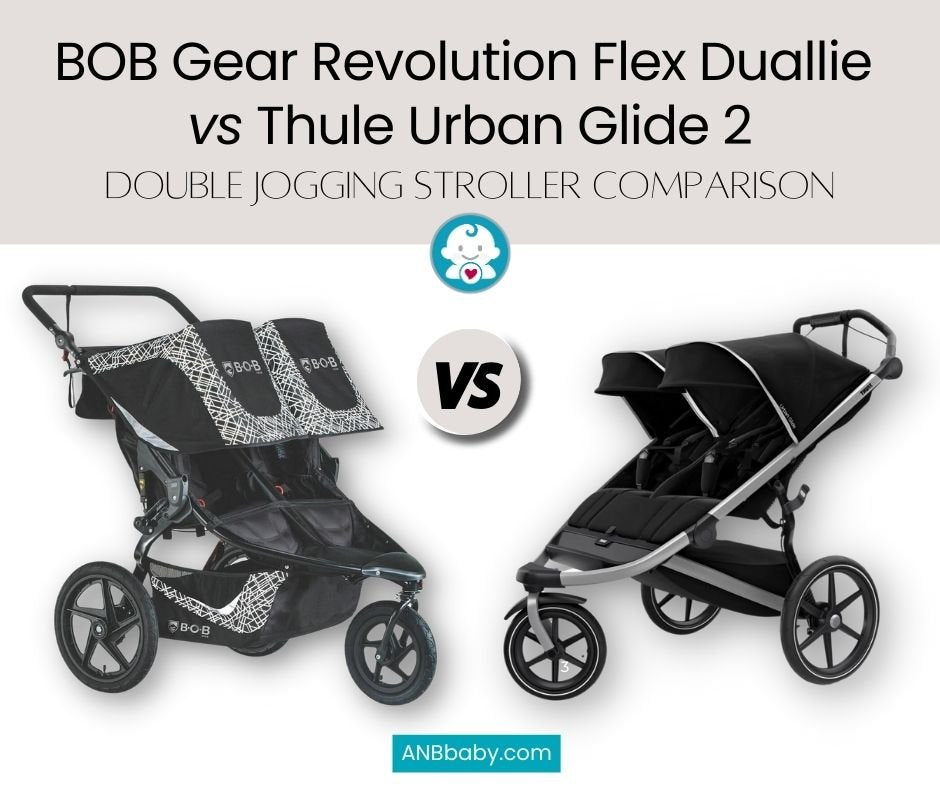
| Stroller Model | Minimum Age | Critical Feature |
|—————-|————-|——————|
| Thule Urban Glide 2 | 6 months | Car seat compatible for walking only |
| BOB Wayfinder | 8 months | Heavy-duty suspension for rough terrain |
| Chicco Activ3 | 6 months | No hand brake—requires cautious speed control |
| BOB Revolution Flex | 8 months | Adjustable handlebar for varied heights |
| Baby Trend Expedition | 6 months | Budget option; verify tire pressure weekly |
Never jog with car seat adapters installed. These lack harness security and cause fatal tipping hazards at running speeds.
First-Run Checklist: Avoid These 5 Costly Mistakes
Pre-Run Equipment Inspection
Tire pressure: Inflate to exact PSI on sidewall (under-inflation causes blowouts)
Tracking test: Push empty stroller 20 feet on flat pavement—it must track straight
Brake check: Test on 5° slope; should hold without sliding
Harness gap: Two fingers max between chest strap and baby
Critical error: Assuming “6 months” means “ready.” If baby cries during test walks, their vestibular system isn’t mature enough—wait 2-4 more weeks.
Baby’s First Run Survival Kit
- Clothing: One extra layer vs. parent (e.g., if you wear shorts, baby needs leggings)
- Weather gear: Stroller fan + UV 50+ sunshade for summer; balaclava for sub-40°F
- Distraction: Small bells on handlebar (soothing sound masks road noise)
- Emergency items: Extra diaper, burp cloth, pediatrician’s phone number
Pro tip: Start runs during baby’s alert-but-calm window (usually 90 minutes post-feeding). Never run when they’re sleepy—reduced muscle tone increases injury risk.
Progressive Running Plan: Week-by-Week Timeline
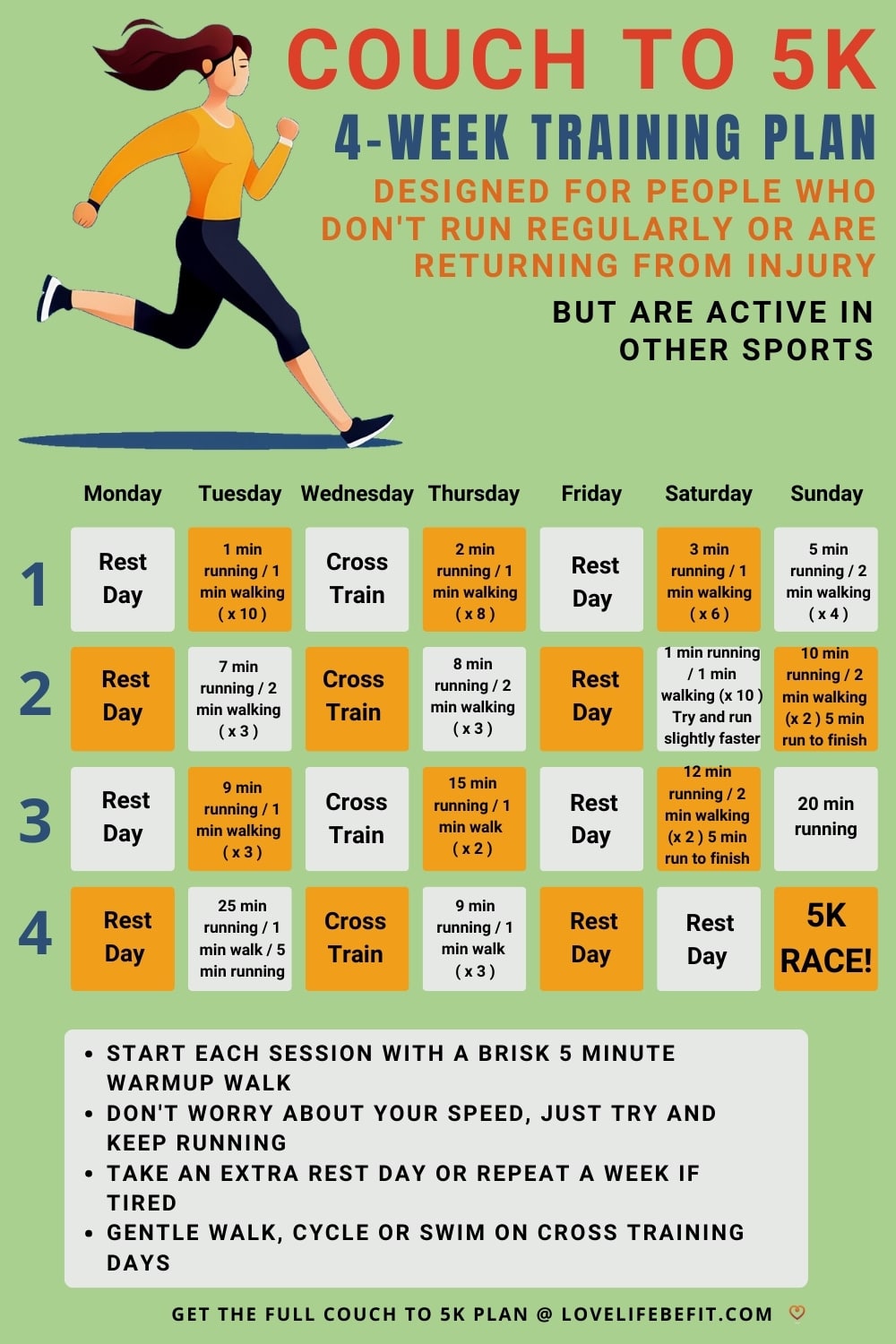
Weeks 1-2: Walk-Only Acclimation
- Duration: 10-15 minute walks on smooth pavement
- Watch for: Baby’s head stability, your pushing posture, stroller tracking
- Stop immediately if baby arches back or cries persistently
This phase builds baby’s tolerance to motion. If they fuss, shorten walks to 5 minutes and rebuild gradually.
Week 3+: Jog-Walk Intervals
- Week 3: 1 minute jog / 2 minutes walk × 5 sets (15 mins total)
- Week 4: 2 minutes jog / 1 minute walk × 6 sets (18 mins total)
- Week 5+: Add 30 seconds to jog intervals weekly
Route rule: Always run within 0.2 miles of home. Unexpected meltdowns or equipment issues require quick retreats. Never attempt hills until baby is 12+ months.
Danger Signs That Demand Immediate Stop
For baby:
– Head bobbing beyond normal motion
– Unusual quietness (not sleeping)
– Flushed face or excessive sweating
– Refusing to look forward (indicates dizziness)
For you:
– Pelvic pressure “like sitting on a ball”
– Urine leakage during strides
– Sharp knee or hip pain
– Stroller pulling to one side (indicates alignment failure)
If any sign appears, walk home immediately. Reassess readiness in 2 weeks—don’t retry the next day.
Monthly Re-Readiness Assessment
Baby development isn’t linear. Every 30 days, repeat:
1. Head control field test (page 3)
2. Stroller hardware inspection
3. Pediatrician check-in for new milestones
4. Parent pelvic floor self-test
Seasonal adjustment: In summer, run before 8 AM to avoid heat stress. In winter, skip runs below 20°F—cold air damages infant airways.
Final Safety Imperative: Waiting an extra month protects your baby’s developing spine far more than it delays your fitness goals. When all boxes are checked—developmental readiness, medical clearance, and certified equipment—your runs become joyful bonding moments. Start today by scheduling that pediatrician appointment with your stroller in hand. Your first jog awaits when everyone is truly ready.

